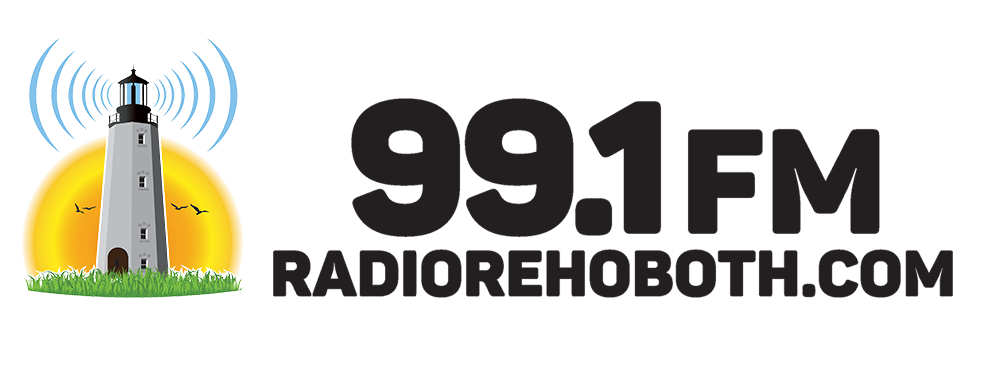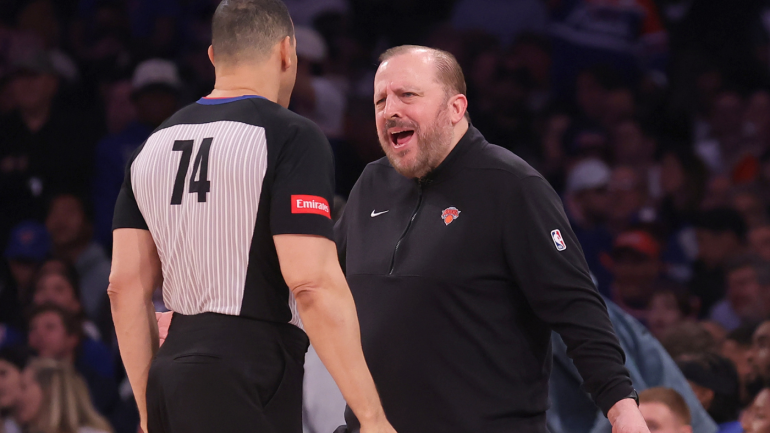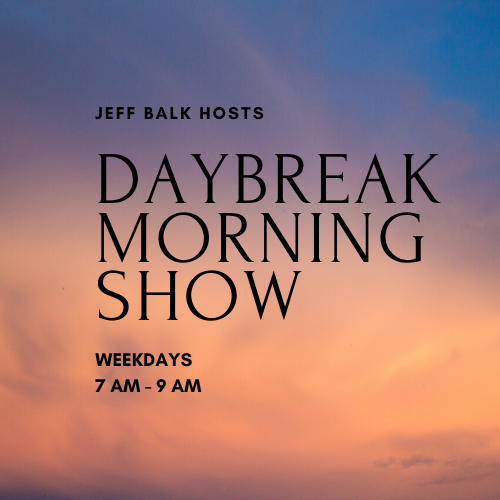What everyone remembers about the New York Knicks‘ miraculous Game 2 victory over the Philadelphia 76ers is the wild sequence that began with Tyrese Maxey fumbling the inbounds pass and turning it over from his belly, and ended with Donte DiVincenzo’s game-winning 3-pointer.
If you find someone with a penchant for detail, they might recall Isaiah Hartenstein’s offensive rebound that led to DiVincenzo’s 3, or Hartenstein’s block on Maxey’s ensuing layup attempt to preserve what was still just a one-point lead for the Knicks.
What I can almost assure you nobody remembers is that even after DiVincenzo’s 3 and Hartenstein’s block and two more OG Anunoby free throws the put the Knicks up three, the 76ers still had possession with 6.6 seconds remaining and a chance to tie the game.
What happened next was an important bit of foreshadowing, even if nobody realized it at the time. See, rather than fouling Maxey as he raced the ball up the court to prevent the Sixers from attempting a game-tying 3-pointer, the Knicks defended the possession straight up, and Joel Embiid wound up getting a look at the buzzer. It wasn’t a great look, but it was a look.
The Knicks gave Embiid and the Sixers that opportunity. It didn’t burn them in Game 2 because Embiid missed, but in Game 5 on Tuesday, as they defended the same 3-point lead in the closing seconds, the Knicks once again opted not to foul as Maxey raced the ball up the court. And this time, it burned them.
This time, rather than pass to someone else, Maxey pulled up himself from 35 feet, lacing nothing by net to send the game to overtime. Philly then proceeded to hand the Knicks an absolutely excruciating 112-106 loss to set up what will be a wild Game 6 in Philadelphia on Thursday.
Asked if the Knicks could’ve fouled Maxey rather than give him a shot at a tying 3: “We could have, but we’ll leave it at that,” coach Tom Thibodeau said. He added: “Our communication has to be better.” This means one of two things — either he isn’t going to explain himself to a bunch of reporters, or he isn’t going to throw his player under the bus for not following foul orders.
Based off other comments from Knicks players after the game, it appears to be the latter.
“We didn’t relay that. I think that’s an error on the guys on the court,” Josh Hart told reporters. “We got to make sure we know what the situation is.”
Watch the clip again and you will plainly see that Miles McBride had ample opportunity to put his hands on Maxey in the backcourt and send him to the free-throw line. Once Maxey crossed half-court, sure, then it becomes dicey to put your hands on him. He can launch into a shot at any point, and the last thing you want to do is give a guy three free throws.
At that point, it was too late. When Embiid set the ball screen at half court, even with Mitchell Robinson pushed up beyond the 3-point line, Maxey had sufficient room to raise up for an uncontested 3-pointer.
Yes, it was deep. But it was uncontested. There is simply no reason to give up any 3-pointer, let alone an uncontested one, with a 3-point lead rather than foul in the closing seconds of a game when you have a free chance to do so in the backcourt.
For entertainment purposes, sure. Watching Maxey drop seven points in 20 seconds makes for a far more exciting finish than a free-throw parade. But Thibodeau and the Knicks surely aren’t concerned with what the fans want to see.
From a strategic/statistical standpoint, there is just no rationale for playing out these defensive possessions rather than fouling, and yet we see more and more coaches opting to gift wrap offenses these game-tying chances.
Once upon a time, there were far more coaches who believed in fouling. Now, for whatever reason, it has flipped. Coaches will tell you they’re afraid of committing a foul in the act of shooting, which is a logical, defensible stance when it’s a catch-and-shoot situation where a guy is going to be in a shooting motion almost simultaneously. But this wasn’t the case. McBride had at least three seconds — a lifetime — with Maxey dribbling in the backcourt to commit a foul.
You could argue there was too much time on the clock to start fouling. Let’s say that Maxey gets fouled with 10 seconds left and makes both. Now the Knicks are up one, Philly fouls, and it becomes a game of who’s going to miss a free throw first. I’d still rather do that and trust my players to make their free throws, at least putting the outcome in my control than allow an in-rhythm 3-pointer to a guy who is on fire, but that’s even before we consider this final, arguably most important factor.
The Sixers were out of timeouts.
Why does this matter? Because in the NBA, a timeout allows you to advance the ball to halfcourt in these end-of-game situations. It’s an entirely different dilemma to convert a game-tying bucket against a dwindling clock when you have to go the full length of the court.
On Monday night, we watched this burn the Lakers, who were down three to Denver with just a few seconds left after Jamal Murray’s tie-breaking jumper. Had the Lakers had a timeout, they could have advanced the ball to halfcourt and had time to draw up a play for a decent look at the basket.
Instead, look at the shot they had to force up as time expired.
This is even more reason to foul. If you keep making your own free throws and thus keep making the Sixers take the ball out on their own baseline, it’s not going to be long before they have to go the full length of the court for a prayer shot like the Lakers had to take rather than an actual clean, uncontested shot like the one Maxey got.
Again, there was more time left on the clock for the Knicks to consider. They may have had to play the foul game for a few possessions before the timeout situation came into play, and the longer you extend the game, the more nervous the coach with the lead gets.
This is especially true of Thibodeau, who’s a special brand of paranoid. He leaves starters in at the end of blowouts to guard against impossible comebacks. He’s nervous. As he should be. There’s a lot on the line here. In this series, we all watched the madness at the end of Game 2. Anything can happen.
But the Knicks didn’t foul. Thibodeau evidently didn’t communicate the plan clearly enough and the players didn’t execute. Even without the benefit of knowing the result, fouling is the play here. Every statistic will back that up. The bottom line is a whole bunch of things have to happen for a team that is down three to tie a game in the closing seconds without hitting a 3-pointer. On the other hand, when you don’t foul, only one thing has to happen.
In Game 5, that one thing happened. Maxey was given a shot, and he made it. Simple as that. And if the Knicks somehow go on to lose this series, they’re going to regret giving him that opportunity.








